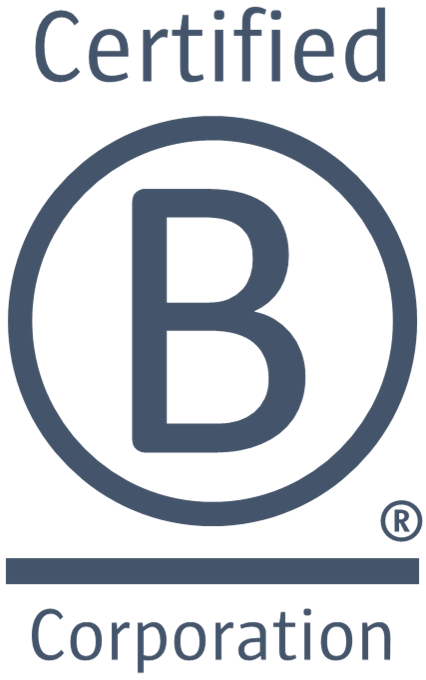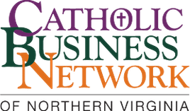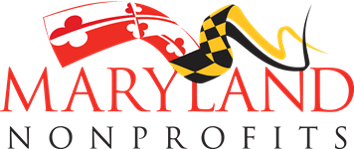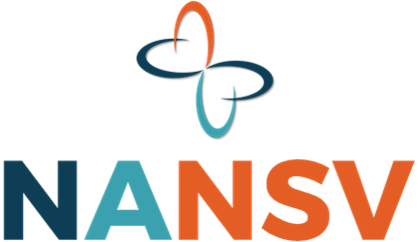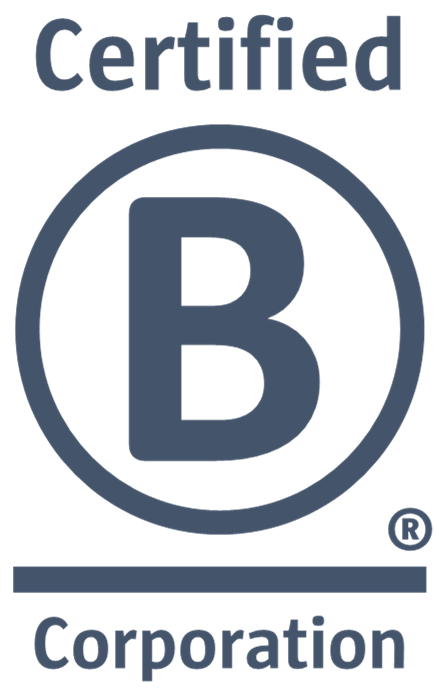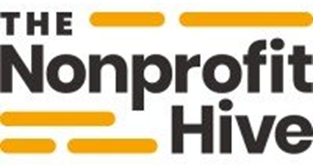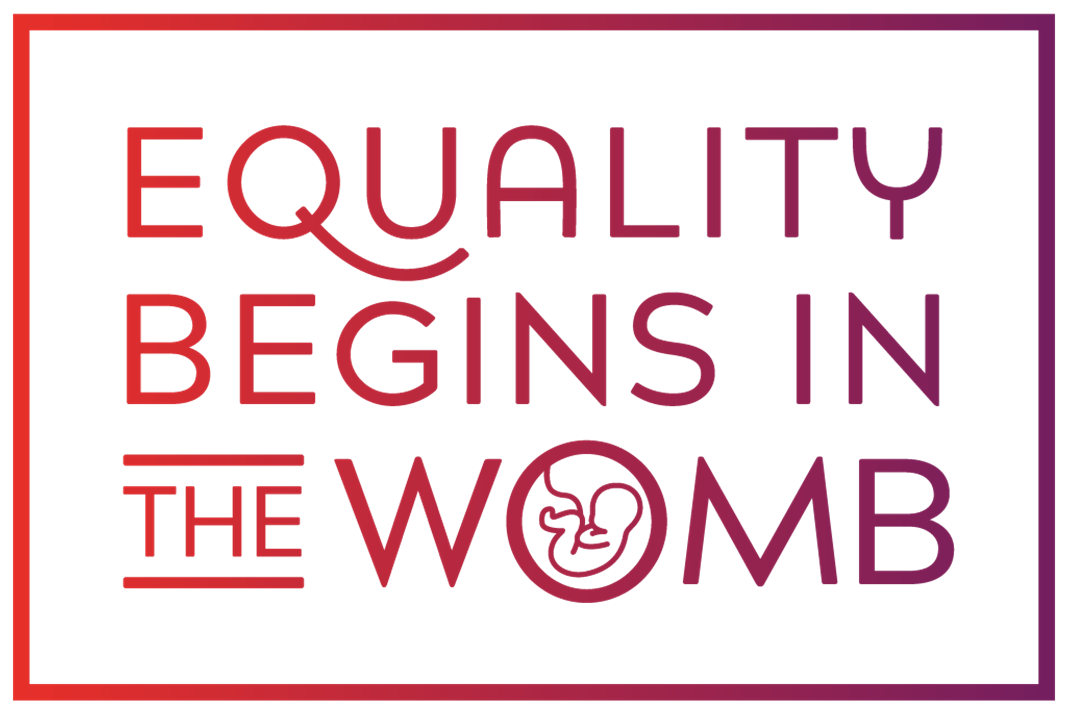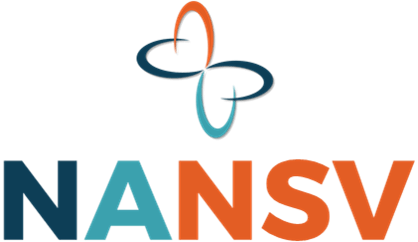Understanding Your Non-profit's Inner Workings
Six key levers influencing organizational performance

As in every sector, things in the non-profit world change often, and for many reasons. The need to stay cost-effective, however, is a constant.
Internally, executives and staff members leave, taking valuable skills and institutional knowledge with them. Replacements bring new experiences and ideas. Roles and responsibilities evolve with employees’ capabilities, constantly re-forming to leverage individuals’ specific expertise and fill key organizational competency gaps. Over time, turnover can affect culture as well, sometimes in unexpected ways.
Meanwhile, external forces such as demographic and economic shifts can impact the types and levels of community needs, and also cause “ups” and “downs” in donations. New technologies emerge, presenting workplace, delivery, public engagement, and management opportunities and challenges. Sometimes, change occurs relatively slowly. In other situations, like the Covid-19 pandemic, it happens very quickly.
Change, whether internal or external, often has significant implications for non-profits. Organizations have to adapt to remain relevant, efficient, and effective. Adjustment requires recognition of the origins and dynamics of what’s changing and, consequently, responsive re-calibration of elements like strategies, services, and delivery methods, and the structure, processes, people, and technologies behind operations.
“Keeping up” requires non-profit leaders evaluate and, as needed, update direction and strengthen capacity. Organizational assessments should be planned, periodic, and regular, but can also be pushed by “events” as well. For example, executive transition, missed performance targets, and budget shortfalls suggest more immediate exploration, as do of unexpected issues like the pandemic and its aftermath.

Organizational Performance Essentials
Nonprofit performance is driven by several factors that in turn are enabled or restricted by an organization’s financial health and flexibility. These include:
- Strategy and Governance
- Programs and Supports
- Structure and Workflows
- People Resources
- Management Capacity
- Organizational Health
A good organizational assessment examines all of these elements how they inter-relate. They are discussed further below with example questions to ask about each.
1. Strategy and Governance
First and foremost, non-profits need clear direction and a strong board. It’s essential both a current strategy and the capacity to govern are in place. Priorities should be responsive to community needs, and sound strategic oversight and decision-making is key to recognizing and adapting to results and future changes.
- What is the strategy, and is it built on accurate understanding of and responsive to client challenges and preferences, internal needs, and external conditions?
- Is there a strategic plan that’s:
- Feasible given access to human and financial resources?
- Actionable with specific initiatives, owners, and timelines?
- On schedule and delivering expected outcomes?
- Does the board have the right people, structure, roles, culture, and protocols to govern, guide, and enable the organization to fulfill its mission?
- Is the information needed to make good decisions based on results, dynamics of the surrounding environment, opportunities and risks, etc.?
2. Programs and Supports
Contexts may shift for non-profits both over time and because of emerging or sudden events. Informed by strategy, organizations have to examine and potentially modify the details of their services to adjust to new circumstances. They may also need to adapt in “support” areas such as marketing, public relations, etc.
- Does the strategy indicate a need to modify the program mix (e.g., re-prioritizing, scaling up or down) while remaining aligned with the organization’s mission?
- Does the organization need to:
- Expand coverage in key programs (i.e., serve more people)?
- Provide more benefits to clients (e.g., more financial support)?
- Increase outreach to the relevant populations and donor prospects?
- Are there other delivery methods (e.g., mobile services, virtual interactions) that might make it easier for clients to access programs, increase efficiency, etc.?
- What are the financial, brand image, and brand awareness impacts of modifying services, and what do they mean for outreach efforts?
3. Structure and Workflows
Allocation, execution, and management of key functions also matters. Change can drive the need for redesign, as can correction of informal evolution due to individual strengths, skill gaps, culture, etc. Structures and processes have to be purposefully designed to facilitate quality, efficiency, and innovation.
- Do key organizational units (e.g., departments or divisions) have clear goals and responsibilities, and do they look the same in practice as on paper?
- Is the structure set up to:
- Place reasonable accountabilities on the leadership team?
- Ensure coverage and avoid duplication of efforts and outputs?
- Best leverage skills required to do the organization’s work?
- Are processes as streamlined as possible, are they documented and followed, do they meet standards for time, accuracy, etc., and are there any “bottlenecks?”
- Are the right technologies (e.g., automation, collaboration) used to support cost-effective client interaction, service delivery, internal operations, etc.?
4. People Resources
The workforce makes things happen in non-profits - the “right people, at the right times, doing the right things.” Responsibilities, skill requirements, staffing levels, etc. can change as the populations’ needs and non-profits’ responses evolve. Optimal staffing is critical, but it can be challenging with limited budgets.
- What are the key roles and associated responsibilities and skills needed to deliver services and operate cost-effectively, in alignment with the strategy?
- Does the organization have:
- People on staff who can effectively fill these roles?
- Staffing levels needed to deliver the required outcomes?
- Ability to compete for talent (e.g., compensation and benefits)?
- What can be done to best balance role requirements, staff capacity, and financial restrictions (e.g., new hires, professional development, contractors, interns)?
- If there are people who don’t fit updated roles that reflect the organization’s direction, how should this be addressed with compassion, dignity, and support?
5. Management Capacity
The ability to manage to results, which includes mission, organizational unit, and staff performance, depends on three different components: Metrics, Performance Management, and Managerial Skills. All of these things need to be handled well, all of the time, for nonprofits to be successful and sustainable.
- Does the strategic plan include clear, well-defined metrics and targets that have been communicated and delegated, where appropriate, to managers and staff members?
- Is the organization using:
- Cascading performance accountabilities at all levels?
- A structured approach to staff evaluation, feedback, and growth?
- Transparent, consistent rules for performance-based rewards?
- Are there opportunities to institute shared accountabilities across functions to complement collaboration requirements in the structure and workflows?
- Are managers equipped with the skills to effectively manage (vs. supervise) staff and volunteers in various settings (e.g., on-site, distributed, remote)?
6. Organizational Health
Strong non-profits communicate, collaborate, and care for their people. This is especially important given the clients and challenges staff encounter. Over time, turnover can change workplace norms and dynamics, sometimes in undesirable ways. Sound policies and performance expectations preserve a positive culture.
- What does leadership do to provide visible opportunities for communication, collaboration, and innovation across the organization (e.g., team meetings, “task forces”)?
- Do staff and volunteers:
- Show a sense of ownership of the organization’s mission?
- Contribute based on their knowledge, not their titles?
- Feel like their ideas and challenges are taken seriously?
- Are there programs (e.g., remote workplace, flexible work times, wellness, paid and compensatory time) for work-life balance and stress management?
- Is there a focus on team-building within and across units and levels (e.g., sharing information, mixed group problem-solving, or social events)?

Factor Relationships
It should be clear from this discussion that while individual factors contribute to non-profit performance, they are also highly inter-connected. For example, strategy has impacts on programs and supports, which in turn have implications for structure, workflows, and staffing needs. Management capacity affects the ability to adhere to processes, Culture affects people, including the ability to attract and retain talent.
Learn More and Take Action
Contact Snowflake for more information on non-profit organizational performance.
Learn how to conduct an organizational assessment.
Jan Bresch, Executive Director of
Special Love, Inc., contributed to this article.
Read Other Posts









